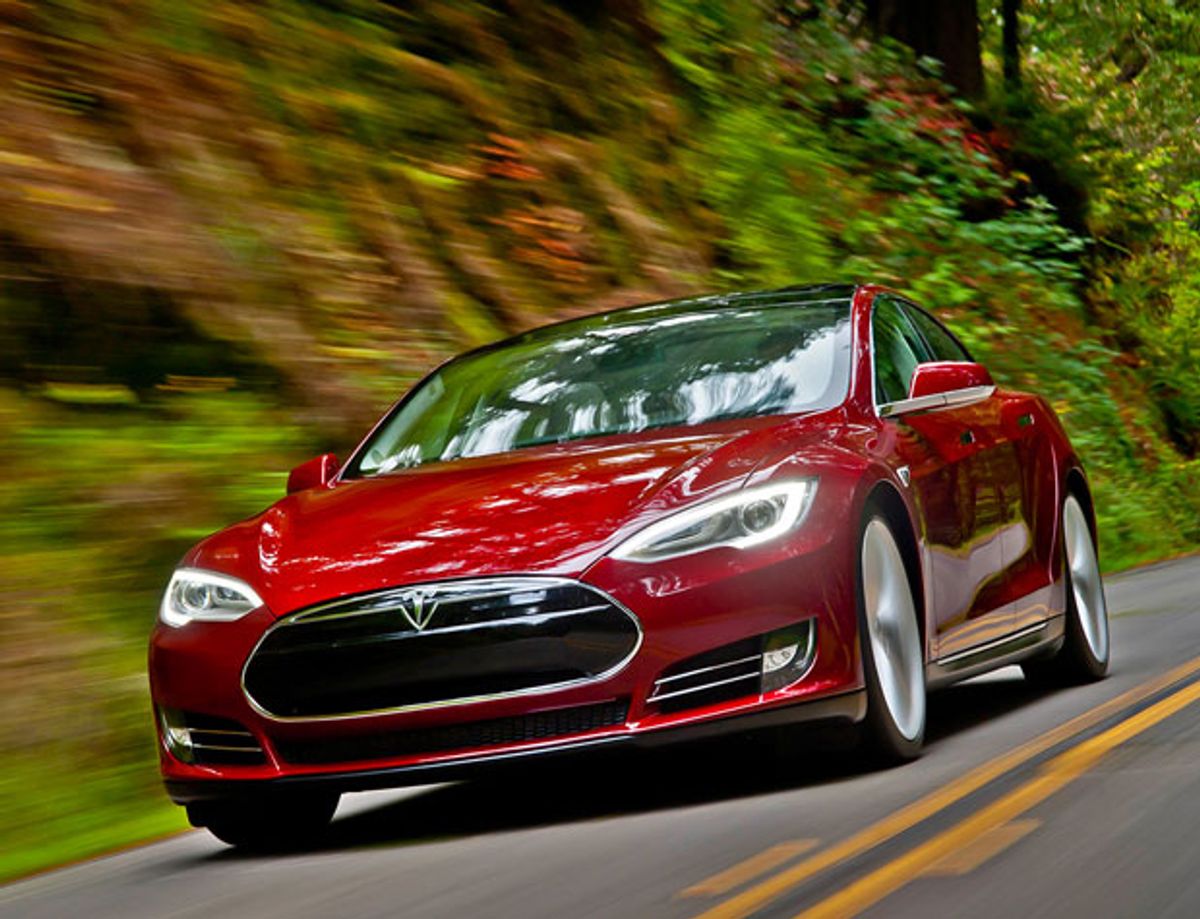It seems both the commercial markets and the research community are coming to terms with the idea that the energy density (the amount of energy stored per unit volume) of lithium-ion (Li-ion) batteries will keep them from ever becoming a completely satisfactory solution to powering all-electric vehicles (EVs).
The market’s turn towards this realization is evidenced by the demise of two high flying manufacturers of Li-ion batteries based on nanotechnology: Ener1 and A123 Systems. The research community is also coming around to this notion and shifting its focus to alternative battery technologies as evidenced by the recent improvements to the lithium-air battery.
Along these lines, researchers at Stanford University are now reporting that they have used nanocrystals made from non-precious metal oxide and combined them with carbon nanotubes to make a hybrid material that works as a catalyst to improve the performance of zinc-air batteries.
Zinc-air batteries generate electricity by combining atmospheric air with zinc metal in a liquid alkaline electrolyte with a resulting byproduct of zinc oxide. When the battery is recharged, the zinc oxide turns back into its constituent parts: oxygen and zinc metal. While non-rechargeable versions of zinc-air batteries have seen some commercial use despite a fairly limited power density (the amount of power per unit volume), applications for the battery design have remained limited because it does not lend itself to recharging. The main obstacle for this has been that the catalysts in the air are not entirely up to the job of spurring on the necessary chemical reactions.
In the research, which was published in the journal Nature Communications (“Advanced zinc-air batteries based on high-performance hybrid electrocatalysts”), the Stanford team, led by Hongjie Dai, used their hybrid nanomaterial on the cathode side of the battery to catalyze the oxygen reduction reaction during discharge and the oxygen evolution reaction during charge.
The hybrid nanomaterial was so good at this that in demonstrations the Stanford researchers were able to achieve an energy density of >700 Wh/kg with a prototype battery. To give you a sense of what that means, some have concluded that the Li-ion batteries—even with all the latest nanotech improvements—will be maxed out at around 400Wh/kg.
"Zinc-air batteries are attractive because of the abundance and low cost of zinc metal, as well as the non-flammable nature of aqueous electrolytes, which make the batteries inherently safe to operate," said Dai, in a press release. "This work could be an important step toward developing practical rechargeable zinc-air batteries, even though other challenges relating to the zinc electrode and electrolyte remain to be solved."
Image: Tesla
Dexter Johnson is a contributing editor at IEEE Spectrum, with a focus on nanotechnology.



